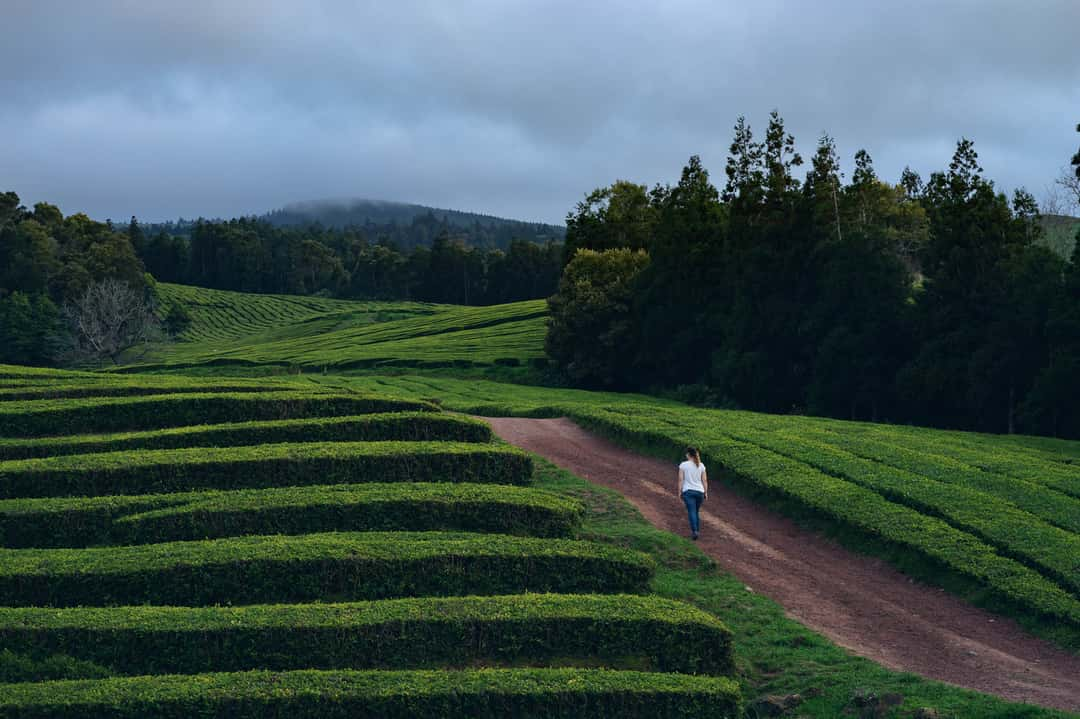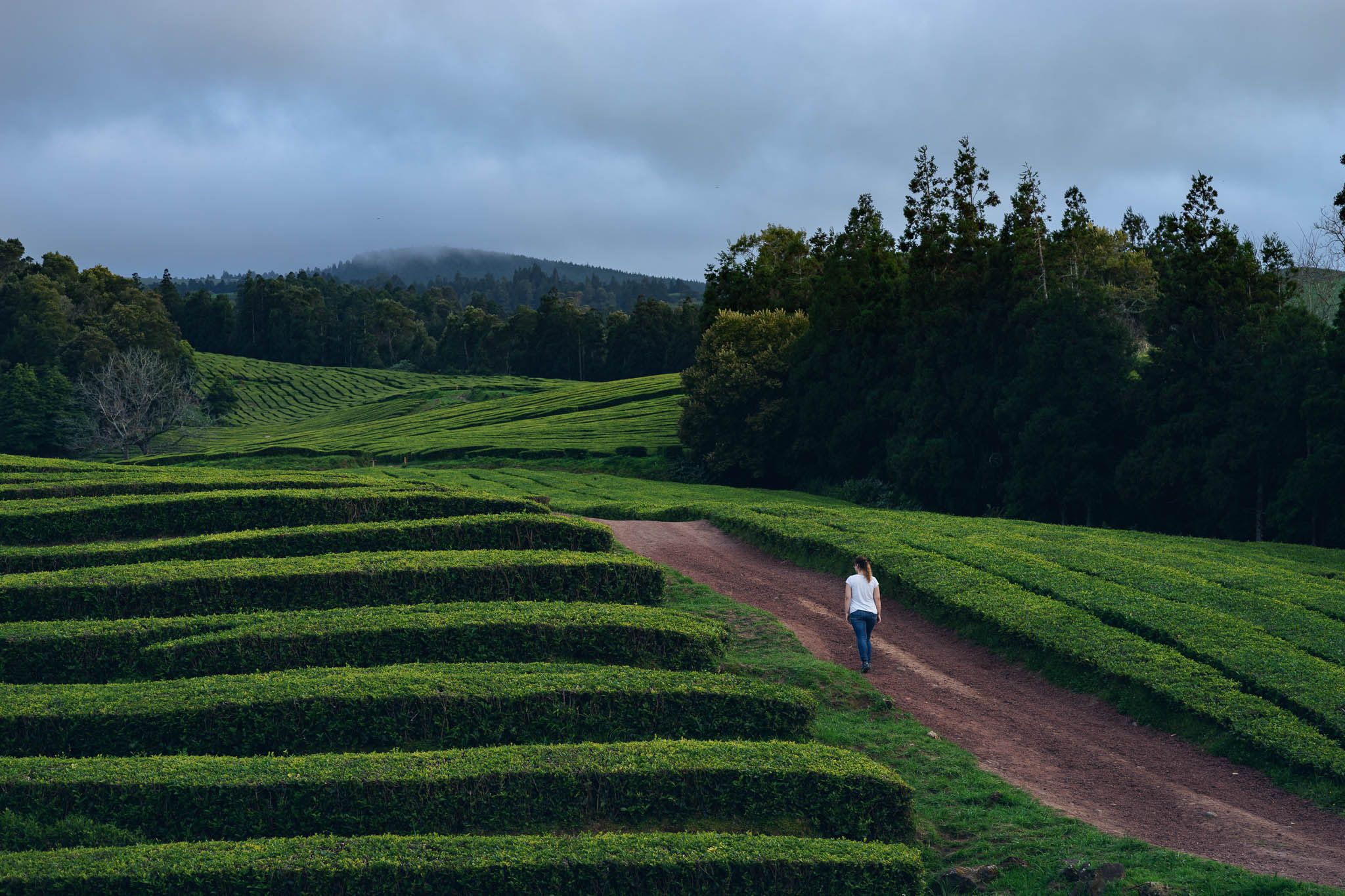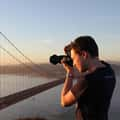The typical lens for any landscape photographer is usually something wide like a 16-35mm and anything within the frame needs to be razor sharp and well exposed. Using a portrait lens can add refreshing and exciting new perspectives though and here is why and how.
I’m a very typical city- and landscape photographer and if you are one as well, the chances are pretty high that you use a similar „workflow“ to mine when taking the photos. It’s often the same procedure by using a tripod, a remote control, setting the f-stop somewhere between 8 and 11 to get a clean and sharp photo and maybe using filters or techniques like Focus Stacking or Exposure Blending with Luminosity Masks. But in general, that’s it. The whole process very much depends on the spot itself, which is fine most of the time, because this gives me time to enjoy these places while doing my „landscape photography thing“, but it’s also always the same workflow at different places. That’s the reason why I wanted to switch things up and started to use a portrait lens to get back again into a more dynamic way of photography without a tripod.
The reason behind the lens
Quite a lot of landscape photographers are using tele lenses all the time or at least carry one with them. I did that as well when I started to get serious about my photography until I began to minimize my equipment by focusing on less to improve my photography. This boosted the quality of my photography by so much, that I finally feel the urge to try different things again after many years of improving within just one type of photography I am now extremely good at. Getting a second lens was a hard decision for me because I really didn’t want to go back to using a 70-200mm lens. I loved using this lens back at that time, but I used it so rarely that it wasn’t worth at all the money and especially the weight I had to carry with me. A typical portrait lens, which is in my opinion around 85mm focal length for a full frame camera like my Sony A7 II, is usually much lighter and in my case has a weight of only 370g for a lens with f1.8. Compared to a 70-200 f2.8, you would have to carry around 1,5kg with you and pay 4 times the price and still wouldn’t have the same light sensitivity. Of course being able to zoom in even more and be more flexible about the focal length is awesome, but this also contradicts against my rule of staying focussed and traveling as light as possible. This is for sure something you have to decide on your own, but in my case, in retrospective, it was a very good choice.

I really love my wide angle lens, but photos like that wouldn't be possible without any kind of zoom to get the desired framing. This photo was taken in the only tea plantation area in Europe which is located in the north of Sao Miguel, Azores.
Finding great subjects
You can use the lens like any other tele lens to get some closer photos from any landscape, which is definitely fine, but this is also nearly the same type of photography again. So I wanted to use this lens primarily to combine landscapes with a person in the foreground more often. This is not only nice because these images currently work extremely well on Instagram (you can read more about that in my article about 10 tricks on how to get more followers on Instagram), but it also adds some really nice depth to your photos, which is usually something you need to create by finding a good foreground for your scene. Extremely great are places from above with a cliff and a wide view if I had to make a specific suggestion about what I would search for. The idea behind these scenes is to be able to have enough space around the subject to still capture the landscape itself. Alleys are also a great choice for photos that benefit quite a lot from a person within the frame, giving everything a really nice dimension.

This is a good choice for the framing of the image because she is standing at a cliff and the background behind her is blurred a bit, which gives the photo a better dimension.

This perspective is not that good because I am also standing at the same cliff in this photo, but another cliff behind me is kind of blocking the depth within this image. I am not that visible because of the many different colors and shapes behind me. This is also the case why many photographers wear very colorful jackets.
The biggest differences to the standard landscape photography are the depth of focus and the timing because that’s something that might even look better during the day. Usually, I pay so much effort to capture everything within the photo as sharp as possible, but this type of photography might even benefit from using f1.8 with a subtle background, which is usually still recognizable at a focal length of 85mm. This depends very much on your personal taste of course. I really like to have the focus on the person and use an impressive landscape as a background element, which doesn’t need to be razor sharp, because this adds more dimension and focus to the photo.
Which lenses are you primarily using? As always I would love to hear your opinion about this article in the comments below!





Comments (14)